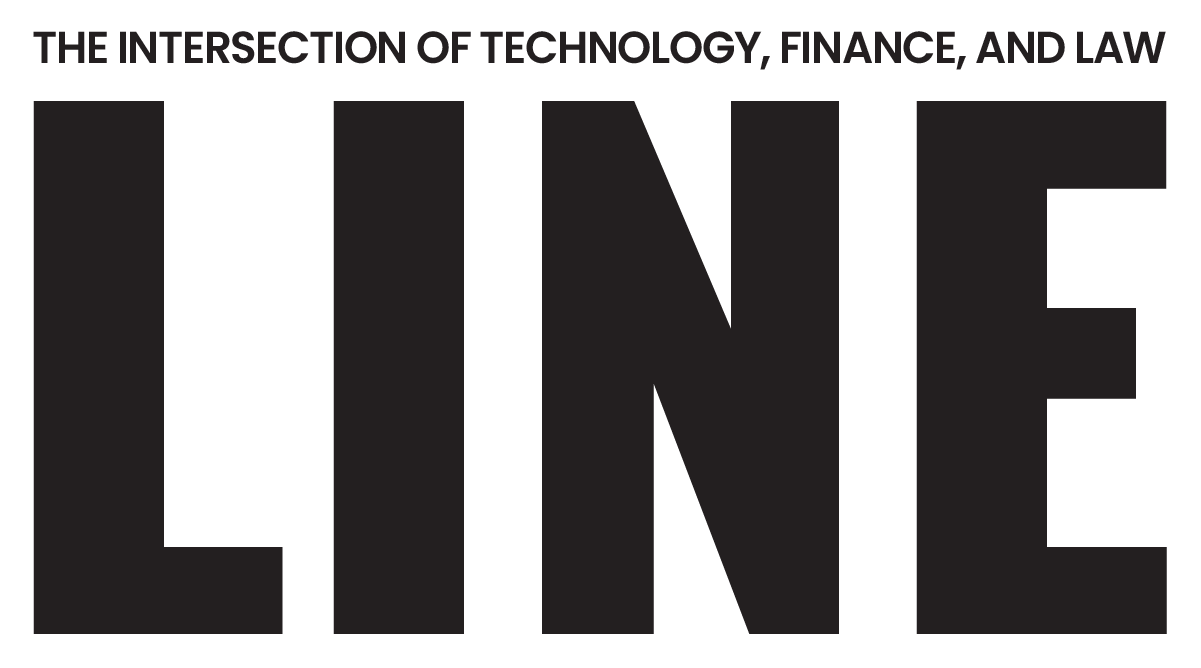Contingent risk insurance — sometimes referred to as litigation risk insurance — is a relatively new field. Using insurance-wrapped collateral to create monetization and liquidity events is even newer. CAC Specialty and Dorset Peak work at a new intersection in this developing market. The partnership between the two is in many ways predicated on the idea that insurance markets and capital markets are converging, oftentimes in new and innovative ways.
David Barnes sits on the insurance side of the fence, co-leading the team with colleague Andrew Mutter. Vince Mutolo, who helps lead the Dorset Peak team, is his banking counterpart. They and their teams work together constantly.
“We speak to each other on the phone probably more than we speak to our spouses,” Barnes says. “We want to push each other every day to do the absolute best work we can. Vince and the Dorset Peak team bring us the highest quality transactions, and the most complex transactions, on the planet. And I say that with no hyperbole. Conversely, the CAC insurance team generates opportunities in litigation finance or portfolio solutions for law firms. We expect Vince’s team to help us create a comprehensive financing solution that works for our clients, and his team does. It’s a tense, challenging, stressful business. But we work together like brothers, every day all day.”
Blurred Lines
From the early days of the collaboration between CAC and Dorset Peak, several key stakeholders — including Barnes, Mutulo, Mutter, and CAC execs Jack Leventhal, Head of Dorset Peak, and Michael Wakefield — recognized that insurance and capital were being used to support transactions in ways that blurred the traditional edges of their respective disciplines, and that unique opportunities awaited a group that could execute on both.
On the one hand, insurance carriers were increasingly taking bets or positions on the likely outcome of a tax position, who would prevail in active litigation, and even the value of a pool of intellectual property assets. On the other hand, investors and lenders were, as always, concerned with their risk exposure and returns, and had fewer internal resources that could understand and underwrite legal assets or liabilities. The CAC and Dorset Peak teams saw the opportunity to put together the right people from both sides, and wagered that interesting trades and synergies would result.
Barnes, Mutter, and Wakefield worked on building the right recipe on the insurance side. The necessary ingredients included a generous share of expertise in transactional liability and litigation risk insurance. Add to that a dash of litigators with top-level experience and the ability to evaluate the merits of a legal proceeding and predict outcomes. On the finance side, Dorset Peak concocted a team of investment bankers who could put together financing deals collateralized by esoteric assets. So far, the recipe has resulted in billions of dollars of insurance limits and more than a billion in monetization events based on insurance-backed collateral. But how does the collaboration work?
“On the surface, it may seem that insurance and debt placements are very different,” says Mutolo, “but they’re actually a lot more similar than you might think, as they relate to risk transfer. An insurer is very focused on the downside situations. Where am I exposed? When do I have to pay a loss? How do I mitigate that?
“At the same time, if you’re placing debt into the capital markets, and you’re thinking about credit,” he continues, “lenders also look through a downside lens. How do I lose money? Sometimes it’s structured in a way where they have some upside, but their return on their investment is generally fixed. They’re also mostly concerned about what happens in the downside.”
So, both markets are downside-focused. The financing market is about transferring risk in the form of a funded investment. The insurance market takes risk in the form of unfunded exposure.
The key to making them come together in a way that works? Finding mutually beneficial structures that leverage the unique capabilities of both markets.
“It’s a tense, challenging, stressful business. But we work together like brothers, every day all day.”
Senior Vice President and Contingent Risk Co-Leader
CAC Specialty

Finance and Insurance Synergies
Certain classes of legal assets are high quality and low risk — conservative core values to judgments on appeal, and cross-collateralized pools of litigation positions, for instance. Insurance underwriters are adept at this kind of legal underwriting, while your average investor providing capital to hedge funds or legal finance funds may not be. At the same time, carriers will insure a risk, but they do not want to become liquidity providers and investors themselves.
By selecting the premium legal assets and wrapping them with A-rated insurance paper, however, carriers allow investors to invest with confidence around a minimum outcome. The result is typically a significantly lower total cost of capital to the asset holders.
“On the capital market side, a lot of the convergence has been driven by alternative capital managers,” Mutolo says. “As many large managers have become more familiar with insurance, they’ve realized that it can be used in a number of ways. Additionally, we are beginning to move this market to lower cost of capital providers such as banks and other types of lenders.”
For fund managers, insurance may be employed to help manage the risk-return profile of any given transaction. It can also be used as a strategic tool at the fund level to help crystallize returns of a fund to help support the marketing of a new fund. Fund managers have increasingly come to understand that insurance can be useful in such efforts.
On the insurance market side, it’s often more efficient for insurers to generate higher yield in the form of premium, rather than a coupon, by taking exposure to contingent and credit risk.
“It gets back to my earlier statement that there’s more in common than one might think between insurance and credit markets,” Mutolo says.
For example, for a law firm, wrapping several contingent cases with insurance creates certainty around how a pool of legal positions will perform on a cross-collateralized basis. Carriers like this risk, when structured properly, because there are multiple shots on goal across the portfolio, and a lot of ways for the risk to go well. The insurance, in turn, allows law firms to work with litigation finance groups to finance their costs more economically, since they have A-rated certainty around a minimum outcome.
“The standard client is not looking for a risk transfer because they’re worried about something,” Barnes says. “They’re looking for a risk transfer that will lower their cost of capital, increase investment, or solve for portfolio-specific concentration risks.”
Because so many of these insurance transactions are integrally linked to a financing, it helps that CAC and Dorset Peak are under one roof. The two pieces are hard to separate. When there’s another broker or banker in the mix it slows and complicates the process, which can lead to suboptimal outcomes for the client. In these rare instances it’s invaluable to have such a tight collaboration.
“This is a new market for both of these types of assets,” Barnes says. “Working in tandem helps ensure a seamless transaction.”
“On the surface, it may seem that insurance and debt placements are very different, but they’re actually a lot more similar than you might think.”
Senior Managing Director and Head of Private Financing Solutions
Dorset Peak

Integrity Mitigates Risk
The key to all of these transactions, however, is legal and financial acumen coupled with honesty in risk assessment.
“We want the insurance markets to understand that we are thinking about that opportunity through their lens,” Barnes says. “They’re making a trade, they’re taking some premium — could be anywhere from 10% to 20%, depending on the transaction type and structure. Oftentimes, that’s a front-end premium: They’re taking that cash now, and they are anticipating that to a high degree, high confidence interval, they’re going to be picking the right bets.”
To that end, Barnes says the first and foremost thing he and Mutter teach their insurance team is complete honesty. It’s unwise and counterproductive, if not impossible, to hide anything from insurance markets, so a baseline of fairness and forthright assessment is foundational. That ethos applies internally as much as it does externally and affects selecting the kinds of assets that the team seeks to take to the market.
“A lot of our success comes down to our relationships within the insurance and capital markets, which enables us to produce exceptional results for our clients,” Mutolo says. “Insurers and investors have limited bandwidth and have to pick and choose the deals in their pipelines on which to focus. Our teams are extremely well respected and markets view our opportunities as priorities.”





